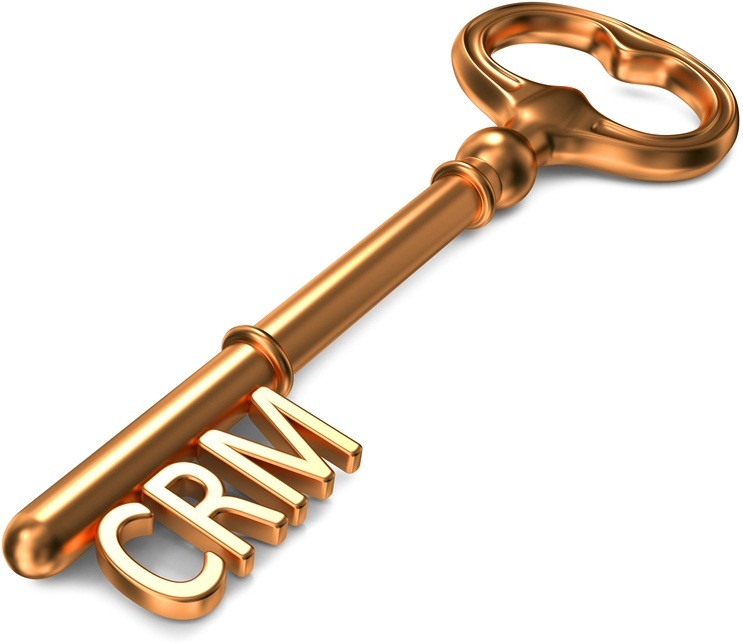Getting the Most Out of Your CRM Software
 There's no two ways about it: CRM software has the capacity to dramatically increase the efficiency of your business model. However, like any tool, its effectiveness depends on how it's used. To offer an analogy, a hammer is an important piece of equipment, but it doesn't do much good if you're using it to saw through a block of wood. When it comes to CRM, the strategy you use to implement it can have the most significant impact on its advantages for your business. Here are some ways you can alter your CRM strategy to make sure you're taking full advantage of this essential product.
There's no two ways about it: CRM software has the capacity to dramatically increase the efficiency of your business model. However, like any tool, its effectiveness depends on how it's used. To offer an analogy, a hammer is an important piece of equipment, but it doesn't do much good if you're using it to saw through a block of wood. When it comes to CRM, the strategy you use to implement it can have the most significant impact on its advantages for your business. Here are some ways you can alter your CRM strategy to make sure you're taking full advantage of this essential product.
Choose software that's created for your industry.
Much of the available CRM software is marketed as being built for "small business owners". While generalizability can be a good thing, software made for a broader audience will not always work for more specific industries. Pick a software that is designed specifically for the type of company that you own, whether it's a painting business, a consulting firm, or otherwise.
Talk to a representative.
After deciding on a brand of software, the next step is to find out how it works – and how it can be used most effectively for your company. Speak with a rep about the features of the software. Ask them how you can use the product to automate tasks such as sending emails, filling out proposals, obtaining signatures, and managing timecards. Some of the less obvious elements of the software might be the most valuable to your business, and talking with the experts can open doors to utilizing these elements.
Provide adequate team training.
Make sure you're thoroughly integrating CRM into your business model by supplying your staff with comprehensive training. Offer individual guidance and group workshops to ensure that all members of the team are clear on the steps and know how to perform them successfully. Likewise, make certain that they understand the value of the new system. Answer any questions they may have about why you chose to implement the new software, why you selected the brand that you did, and what wasn't working in the old system. For more tips and tricks, see our blog Getting Your Team On-Board with CRM Software.
Introduce changes gradually.
Imposing all of the features of the software at once will quickly exhaust your staff and clients. Avoid unnecessary stress by engaging with the new software more slowly, adding components as everyone becomes more comfortable. Start with emphasizing one feature of the software, such as booking appointments, and then move on to something like job scheduling or virtual timecards once people feel like they've mastered the first process.
Keep your data consistent.
As mentioned above, what you get out of CRM is equal to what you put into it. Make sure the data you're entering into the system is up-to-date and that everyone is using the same format to input it. This will help you stay organized, which is one of the key benefits of using CRM over timely and irregular hand-written methods.
Use it for anything and everything.
You wouldn't pay money for an all-inclusive vacation and eat dinner somewhere other than the hotel. So why invest in CRM software and then continue using old systems for certain tasks? Try to make a complete transition to the new software and keep all of your data in one, centralized location. Doing so will save you time in the long run and will help keep things simple for your employees.
Learn from reports.
Most CRM software offers reports on important information like lead distribution and expenses. Use these stats to track and analyze your progress. Evaluate the success of your marketing strategies and change your approach if necessary. Gain a better understanding of how well your business model is working for both you and your clients.
Go the full nine yards in setting it up.
CRM will eliminate a lot of the leg work that currently goes into running your business. With that being said, taking the time to set up the new system properly will make the software considerably more effective. Set aside a decent chunk of time for designing email templates, entering in addresses and contact information, organizing data, and customizing proposals. From there, the software will do the work for you, and you can be sure that it's functioning at the height of its potential.
Put yourself in the customer's shoes.
This is perhaps the most important thing to remember. Ultimately, you're working to satisfy the needs of the customer – it's the reason you purchased CRM software in the first place. Don't regard CRM as a way to pick up leads, but a way to make leads and current customers feel happier and better accommodated. Double-check with them often to find out about their experiences with the new system. In the end, what works for your clients will work for you, too.